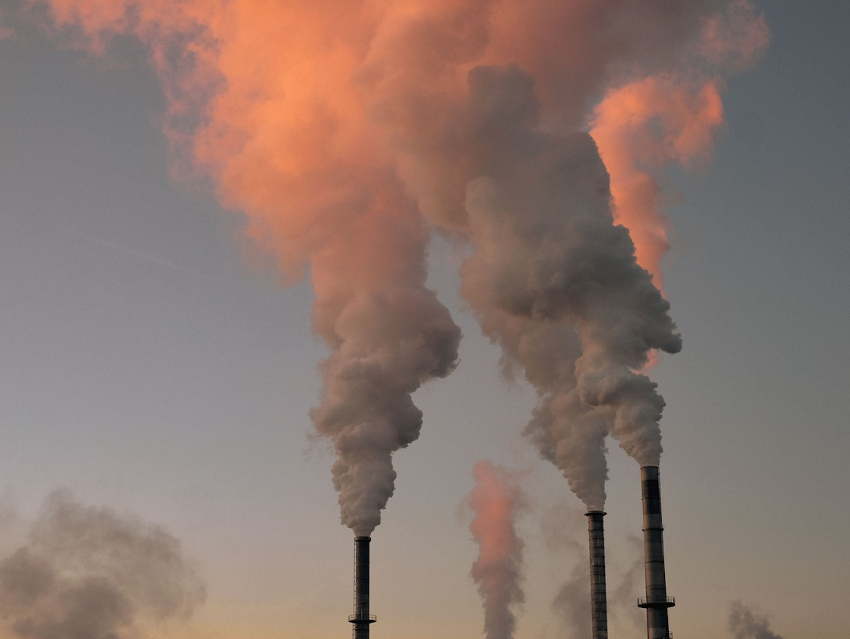In the United States in the 1930s, city neighborhoods were graded by their desirability for mortgage lending. Many neighborhoods with marginalized communities received the worst grade, restricting access to federally backed loans and favorable mortgage terms. The federally sponsored “Home Owners’ Loan Corporation” (HOLC) rated neighborhoods on a four-point scale: A for most desirable, B for still desirable, C for definitely declining, and D for hazardous for mortgage appraisal, commonly called “redlined”.
Historical records indicate that many neighborhoods were given a “D” characterization because they had Black and immigrant communities, a result of systemic discrimination. This designation limited the residents’ opportunities for homeownership, and it also influenced later land-use decisions to place hazardous industries in or near D-graded neighborhoods.
Joshua S. Apte, University of California, Berkeley, USA, and colleagues have investigated associations between historical “redlining” and air pollution levels in the year 2010. The team focused on two key air pollutants, nitrogen dioxide (NO2), and fine particulate matter (PM2.5). The team compared 1930s-era HOLC maps with 2010 air pollution levels and census demographics for 202 U.S. cities, which are home to 65 % of the urban population in the United States.
The researchers found that pollution levels were consistently linked with HOLC grade, especially for NO2, which was 50 % higher in “D” neighborhoods than in “A” areas. At the national level, air pollution disparities were larger by HOLC grade than they were by race and ethnicity. However, within each grade, racial and ethnic disparities were observed. According to the team, this finding likely reflects that historical redlining is only one of several racially discriminatory policies that have contributed to disparate environmental exposures for people of color. Overall, the team concluded that present-day air pollution disparities in part reflect a nearly 80-year-old discriminatory policy.
- Historical Redlining Is Associated with Present-Day Air Pollution Disparities in U.S. Cities,
Haley M. Lane, Rachel Morello-Frosch, Julian D. Marshall, Joshua S. Apte,
Environ. Sci. Technol. Lett. 2022.
https://doi.org/10.1021/acs.estlett.1c01012




